Tajbeg Palace
The abandoned palace stands as a wounded but proud beacon of Afghan hope.
Tajbeg Palace stands atop a knoll dominating Kabul as a concrete allegory to Afghanistan’s recent past. Rusting wheels that once supported the manually-operated cable car that transported Queen Soraya to her husband in the nearby Darul Aman Palace share faded opulence with ornate architraves, hacked marble, and grammatically incorrect Taliban graffiti.
Tajbeg Palace, which was designed in the 1920s by European architects, was the idea of Afghan leader Amanullah Khan as part of his modernization program. Informally known as the “Queen’s Palace,” Tajbeg was the home of Queen Soraya Tarzi, herself a modernist and instrumental in Afghan women’s rights until Amanullah’s untimely abdication in the face of increasing religious upheaval.
In subsequent years, Tajbeg Palace was used as a military command headquarters and, as such, was a strategic target for belligerents in ensuing regime changes. Whoever sat in Tajbeg held symbolic control of the land around it.
On December 27, 1979, Soviet Special Forces, as part of Operation Storm-333, attacked the palace and assassinated President Hafizullah Amin as a precursor to the 10-year Soviet occupation of Afghanistan. Tajbeg became home to the Soviet Army 40th Division, then the following communist government, until Mujahideen factions, upon their taking of Kabul in 1992, used Tajbeg as their spiritual home. When the Taliban installed itself as the ruling party they used Tajbeg’s ornate windows and balconies as public execution posts.
The Afghan government is once again in control of the battered palace. But due to insufficient funding, its plans to restore the building to its former glory have yet to come to fruition. Today, it’s the palace’s pockmarked exterior where poignancy now reigns. Even after suffering generations of instability and violence the building stands wounded, but proud, as a beacon of Afghan hope.
Know Before You Go
Access is dependent on current custodians. As with any travel to Afghanistan, caution is advised.
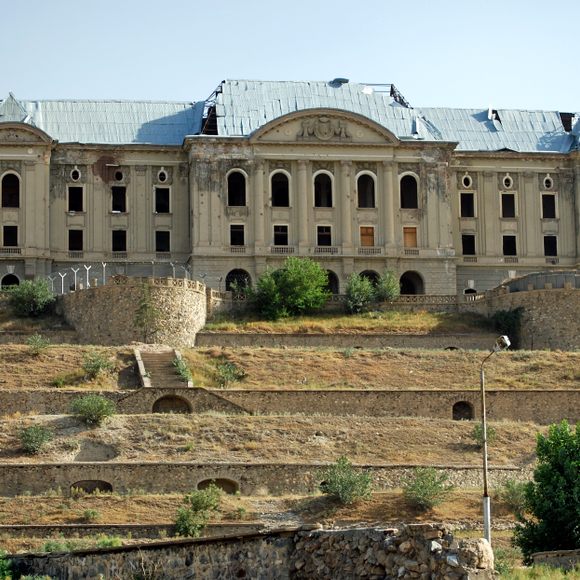

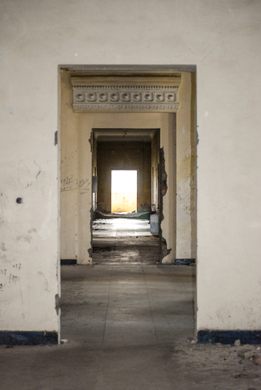
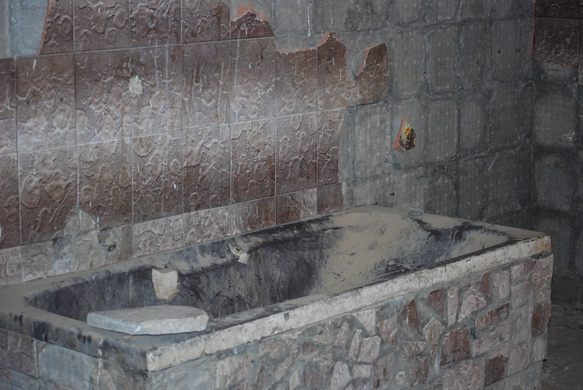
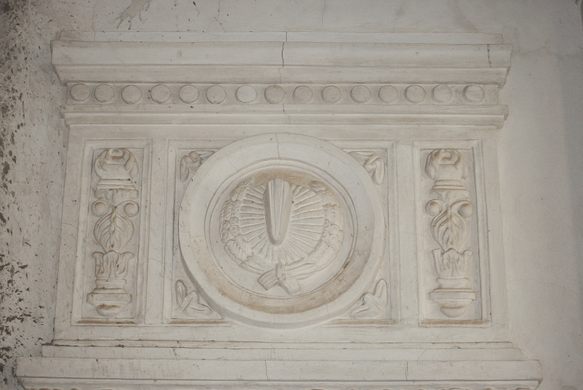
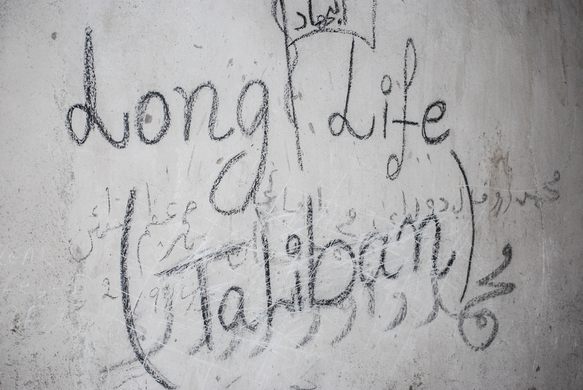







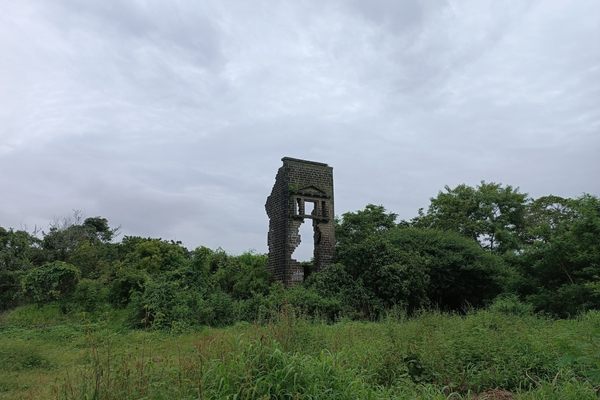

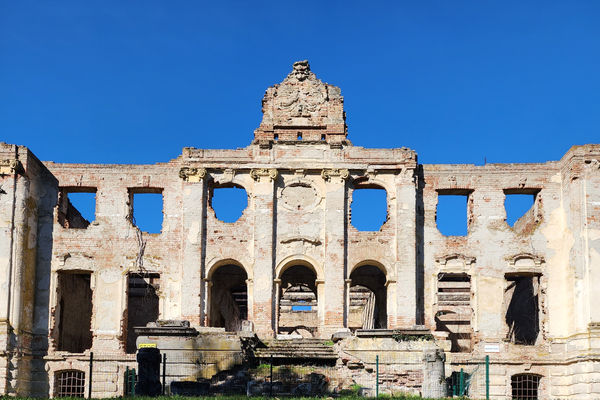


Follow us on Twitter to get the latest on the world's hidden wonders.
Like us on Facebook to get the latest on the world's hidden wonders.
Follow us on Twitter Like us on Facebook